May 23, 2025
Author:Amanda Lyu
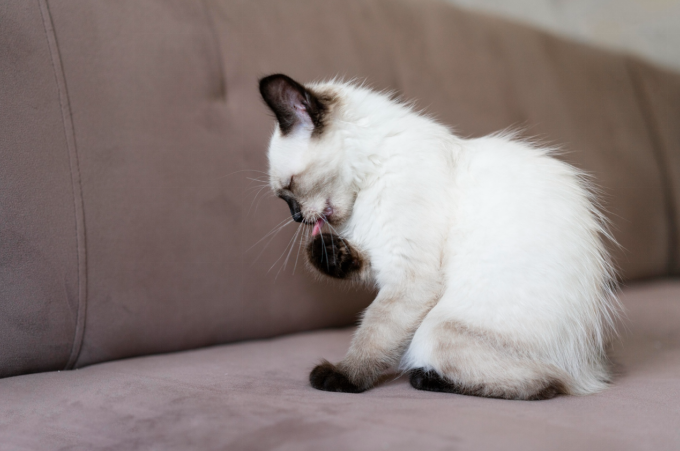
Sometimes, cats can leave their owners confused by using the litter box for pooping but not for peeing. It’s a common problem—your cat might poop where she should, but you find her cat peeing outside the litter box instead. This can be frustrating and messy, and if not fixed, it may become a habit or point to a health problem.
In this article, we’ll look at the possible medical, behavioral, and home-related reasons behind this behavior. You’ll learn simple steps to help your cat use the litter box properly again. With patience and the right care, most cats can get back on track quickly.
Inappropriate elimination means a cat either pees or poops outside the litter box. Your cat’s choice to cat peeing outside the litter box while still pooping inside is puzzling but not rare. This split behavior differs from total box avoidance, where both urine and feces appear outside the box. Recognizing this distinction helps narrow down the cause.
Cats are naturally clean creatures. They seek out soft, sandy surfaces that mimic natural soils. Litter box training taps into these instincts. A well-maintained box meets your cat’s need for privacy and cleanliness, making it the preferred spot for both peeing and pooping.

UTIs can make urination painful and urgent. A cat with a UTI may start to associate the box with discomfort and opt to cat peeing outside the litter box for relief. Warning signs include frequent attempts to urinate, straining, or blood in the urine. A vet visit is crucial for a proper diagnosis and treatment—often a course of antibiotics clears the infection and restores normal behavior. Learn more about how to keep your cat’s urinary tract healthy in this kidney care guide.
Bladder stones or urinary crystals irritate the bladder lining. This inflammation can make box visits painful, prompting your cat to pee elsewhere and reserve the box for pooping. Tests like urinalysis or imaging help detect these issues. Treatment may include special diets or medications to dissolve crystals and stones.
Chronic conditions such as kidney disease, diabetes, or hyperthyroidism increase thirst and urinary frequency. A cat that suddenly drinks more water may not reach the litter box in time, resulting in accidents. Watch for weight loss, increased drinking, or lethargy. Early detection through bloodwork and urinalysis allows for management that reduces inappropriate urination.
Older cats often face joint pain from arthritis. Bending or stepping into a box with high sides can be painful, prompting them to relieve themselves nearby. You might notice your senior cat hesitating at the box edge when you see them cat peeing outside the litter box but still comfortable squatting for poops. Consider senior-friendly tips from this hydration and health guide to support your aging companion.
Cats are sensitive to change. New pets, babies, a move, or even a new piece of furniture can trigger anxiety. A stressed cat might start to cat peeing outside the litter box as a coping mechanism or to mark a perceived safe spot. Other stress signs include hiding, aggression, or appetite shifts. Combat stress with pheromone diffusers or calming routines—see tips in this stress-free feeding routine.
Spraying is different from puddles. When a cat sprays, it deposits small amounts of urine on vertical surfaces to mark territory. Inappropriate urination usually involves larger puddles on floors. Unneutered males mark more often; neutering often reduces this behavior. For deeper insight, check out this guide on understanding marking behavior.
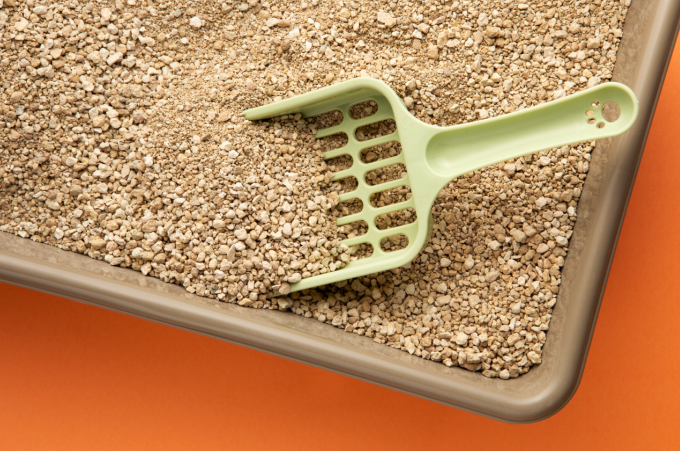
If a medical issue like a UTI made using the box painful, your cat might develop an aversion. They may still poop inside—since defecation can be less painful—but choose an alternative spot for peeing to avoid discomfort. Reconditioning their view of the box is key: keep it pristine, accessible, and pain-free.
Cats avoid dirty boxes. If you delay scooping, your cat may refuse to pee in the box while still tolerating it for pooping. Aim for daily scooping and weekly deep cleaning with mild soap and warm water. Avoid ammonia-based cleaners, which mimic urine scent and can confuse your cat. For tips on keeping litter contained, see this litter cleanup guide.
Many cats prefer soft, unscented, clumping clay litter. A sudden switch to a different brand or texture can drive them to cat peeing outside the litter box while still pooping in it if the texture bothers them more when peeing. If you must switch, do it gradually over two weeks, mixing old and new litter until your cat adjusts. Learn more about whisker-friendly options in this whisker fatigue guide.
Boxes with high sides, lids, or small footprints can pose challenges. Low-sided, uncovered boxes allow easy entry and exit. Provide one box per cat plus one extra, following the 'n+1' rule to avoid competition. Multi-cat homes benefit from multiple locations; explore essential products for shared homes to optimize your setup.
Place boxes in quiet, low-traffic areas away from loud appliances and the cat’s food and water. A hidden or hard-to-reach box may lead a cat to choose a more convenient spot to pee but return to the box to poop. Ensure easy access, especially for seniors or arthritic cats.
Begin with ruling out medical causes. A full physical exam, urinalysis, and bloodwork will identify infections, crystals, or systemic diseases. Only after medical issues are addressed can you confidently tackle behavioral and environmental fixes.
● Boxes: Provide multiple, low-sided, uncovered boxes.
● Litter: Use unscented, clumping clay litter and introduce changes slowly.
● Cleaning: Scoop daily and fully change litter weekly.
● Placement: Keep boxes in quiet, accessible spots away from food and water.
● Stress Reduction: Use pheromone diffusers and maintain a calm routine.
● Territory Management: Spay or neuter to curb marking—learn why in this sterilization guide.
● Gradual Changes: Introduce new pets or furniture slowly, offering treats and praise to build positive associations.
Remove urine scent with an enzymatic cleaner designed for pet messes. Regular household cleaners may leave odors that encourage repeat accidents. For stubborn residues, see tips in this water fountain pump cleaning guide—the principles of enzymatic action are the same.
Keep a journal of accidents to spot patterns—time of day, location, or recent changes. If you notice certain spots reoccurring, consider placing a temporary litter tray there. Over time, gradually relocate it back to the main box area.
Cats thrive on routine. Limit sudden changes in household dynamics and provide mental stimulation with climbing trees, scratching posts, and toys. Explore engaging options in this top toys list.
Schedule annual exams, or biannual for senior cats, to catch health issues early. Early treatment of UTIs or arthritis can prevent aversion to the litter box.
Adhere to the 'n+1' rule: one box per cat plus one extra. Scoop daily, replace litter weekly, and deep clean boxes monthly to keep them inviting.
If inappropriate urination persists despite medical treatments and environmental adjustments, consider consulting a feline behaviorist. Persistent issues may signal deeper anxiety or require specialized intervention. Trusted resources include veterinary behaviorists and organizations like the ASPCA.
Experiencing cat peeing outside the litter box while pooping inside can be both confusing and distressing. By exploring medical, behavioral, and environmental causes—and taking a systematic, compassionate approach—you can guide your cat back to proper litter box habits. Begin with a veterinary checkup, optimize the box setup, and reinforce positive experiences. With patience and consistency, you’ll strengthen your bond and keep your home clean and comfortable for both you and your pet.
Label:
Popular Post

What to Feed a Sick Dog With No Appetite? [2025 Guide]
May 16, 2023
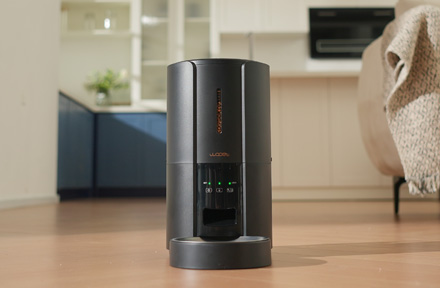
Troubleshooting Common Issues with Automatic Pet Feeders: Tips & Tricks for Pet Owners
Oct 26, 2023
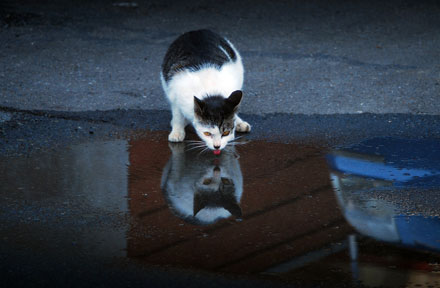
Why Does My Cat Cough After Drinking Water? 8 Potential Reasons
Mar 13, 2023
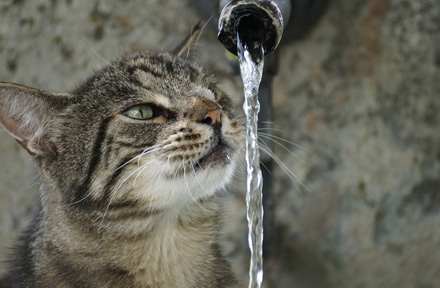
Why is My Cat Throwing up Water? Top 5 Causes Here
Feb 08, 2023
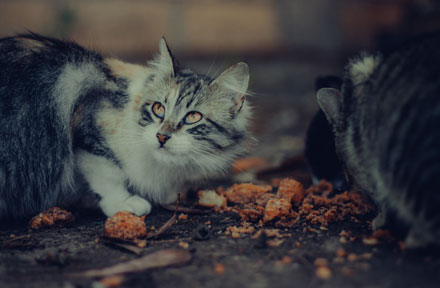
My Cat Only Eats A Little at A Time - What to Do?
Feb 27, 2023
$99.99
$129.99
Copyright © 2025 WOPET. All Rights Reserved.